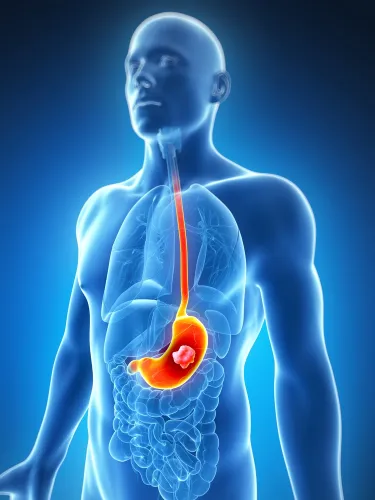Begin Preps Now for New 2018 CPT® Codes
Rely on this comprehensive list of all new otolaryngology CPT® changes. As all experienced coders know, with the new year comes an all new set of specialty-specific CPT® codes. This year offers a variety of new, revised, and deleted codes which you should begin your preparations for sooner, rather than later. From an otolaryngology perspective, 2018 incorporates changes to one of the hallmarks to ENT surgical procedures: sinus endoscopies. While this might sound daunting at first, you'll quickly find that these new endoscopy codes will benefit coders and physicians alike. Additionally, you will want to familiarize yourself with a revision to observation care evaluation and management (E/M) codes. Keep reading for a complete breakdown of all 2018 otolaryngology coding changes. Get to Know these New Sinus Endoscopy Codes Starting in January, CPT® will present coders with five brand new options to consider when coding nasal/sinus endoscopic procedures. These new codes are not taking the place of any current endoscopic procedures. Rather, they will offer coders new alternatives to situations in which they would previously have had to apply multiple CPT® codes or opt for an unlisted code entirely. Consider these five new sinus endoscopy procedure codes: Be Aware of Sinus Endoscopy Code Description Revisions In addition to the five new codes, you will want to become familiar with the changes made to these three existing sinus endoscopy codes: While on the surface it may look like more, the changes to 31254 and 31255 actually amount to a subtle, inconsequential change. Essentially, CPT® is eliminating the term "with ethmoidectomy" from the code description, as it is redundant based on the previous descriptor of "surgical with ethmoidectomy." In a similar fashion, the changes to code 31276 are purely semantical, with no changes to the actual code description itself. Stay on Top of these E/M Revisions Finally, beginning in January, you will find a subtle but important revision to all observation care discharge E/M codes. For the initial observation E/M codes 99217-99220 (Initial observation care, per day, for the evaluation and management of a patient...), you will see the inclusion of the term "outpatient hospital" to describe the patient's observation status. For example, a portion of the description for code 99217 will change to "this code is to be utilized to report all services provided to a patient on discharge from outpatient hospital 'observation status' if the discharge is on other than the initial date of "observation status.'" "These changes appear to be clearing up the confusion that often arises with observation patient status," says Barbara J. Cobuzzi, MBA, CPC, CENTC, COC, CPC-P, CPC-I, CPCO, AAPC Fellow, vice president at Stark Coding & Consulting LLC, in Shrewsbury, New Jersey. "Essentially, CPT® is clarifying that patients that are in observation are always in an outpatient status," Cobuzzi explains. Consider These New Integumentary and Auditory Codes Lastly, you will want to note the addition of two new flap procedure and optical coherence tomography (OTC) codes. Starting in January, you will have the option to code a midface flap (zygomaticofacial) procedure and a muscle, myocutaneous, or fasciocutaneous flap procedure of the head and neck. You will code these two procedures as follows: Note: Code 15733 will take the place of code 15732 (Muscle, myocutaneous, or fasciocutaneous flap; head and neck [eg, temporalis, masseter muscle, sternocleidomastoid, levator scapulae]) which will be deleted as of January. Next year will also bring changes for those practices that implement OTC imaging, who should keep these new middle ear OTC category III codes in mind:
with ethmoidectomy, partial (anterior) with ethmoidectomy, total (anterior and posterior)with or without including removal of tissue from frontal sinus, when performed




